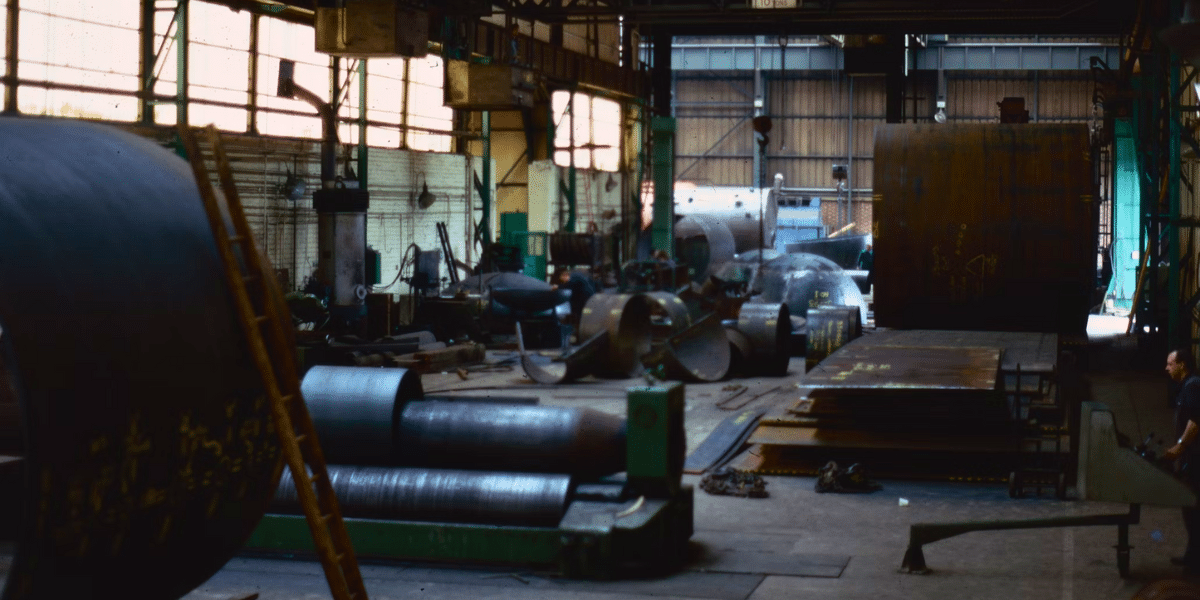In today’s competitive manufacturing environment, optimizing facility operations is crucial for both efficiency and profitability. Manufacturers must balance maintaining high production standards with ensuring that their facility operates seamlessly. Effective management of manufacturing facilities requires implementing a combination of advanced tools, strategies, and practices to support long-term success. Below, we will explore key solutions that can help improve operations in manufacturing facilities.
Implementing Effective Facility Maintenance Strategies for Long-Term Success
Regular and proactive maintenance is the backbone of any successful manufacturing operation. Facility downtime due to equipment malfunctions or poor maintenance can lead to significant productivity losses, increased costs, and delayed production timelines. Establishing a structured maintenance plan that includes scheduled inspections, repairs, and preventive actions is essential for maximizing the life expectancy of machinery and minimizing unexpected breakdowns.
A crucial part of facility maintenance involves maintaining a clean and safe working environment. Utilizing professional cleaning services can help ensure that all areas of the facility, including equipment and production floors, remain spotless and free from contaminants. This not only helps preserve the integrity of the machinery but also reduces safety hazards that could lead to accidents or injuries. To find a reliable option, search online for “commercial cleaning services” in your area.
In addition to cleanliness, it is vital to ensure that all equipment is regularly calibrated and serviced. By tracking the performance of each piece of machinery, manufacturers can identify potential issues before they cause failures. This proactive approach helps avoid costly repairs and production delays, making regular maintenance a critical part of facility management.
A successful maintenance strategy involves training staff to recognize potential issues early, preventing minor problems from escalating. By embedding maintenance into the company culture, manufacturers can improve operational efficiency and prolong equipment lifespan.
Leveraging Essential Software Tools to Optimize Manufacturing Operations

In the digital age, relying on advanced software tools is essential for streamlining manufacturing processes and improving operational efficiency. One key software tool is a manufacturing execution system (MES), which helps monitor and control the production process in real-time. By integrating an MES into your facility, you can track production schedules, inventory levels, and machine performance to ensure optimal resource utilization.
Another essential tool for manufacturing optimization is Enterprise Resource Planning (ERP) solutions. These systems offer a comprehensive view of all business operations, from inventory management to financial accounting. ERP solutions can streamline workflows, reduce manual errors, and improve data accuracy, ultimately leading to faster decision-making and enhanced productivity.
Additionally, using data analytics tools can help manufacturing facilities identify trends, predict potential bottlenecks, and optimize production schedules. By analyzing historical data, manufacturers can make informed decisions about when to scale production up or down, minimizing waste and ensuring a steady supply of products. This data-driven approach empowers decision-makers to make proactive adjustments and improve overall facility performance.
Finally, automation software can significantly reduce the need for manual intervention in repetitive tasks. By integrating automation tools into your facility, you can improve consistency, accuracy, and speed across production lines. These technologies not only increase output but also reduce the risk of human error, allowing workers to focus on higher-value tasks that drive innovation and quality.
Maximizing Workforce Productivity and Safety for Seamless Facility Management
A productive workforce is essential for maintaining smooth operations within any manufacturing facility. Continuous training and development opportunities are important to maximize workforce productivity. Investing in employee skills ensures that staff can handle new equipment, software tools, and production methods, which in turn improves efficiency and quality control.
In addition to skill development, providing employees with the right tools and resources can significantly enhance productivity. Ensuring that workers have access to modern equipment and ergonomically designed workstations can reduce fatigue and improve job satisfaction. This not only results in better performance but also helps minimize workplace injuries and downtime, leading to more consistent production output.
Safety is another key aspect of workforce productivity and overall facility management. Implementing strict safety protocols and providing regular safety training is vital for reducing accidents and maintaining a healthy work environment. Having a safety-first culture can prevent costly accidents, reduce employee turnover, and improve overall morale.
Finally, fostering a positive work environment is essential for long-term success. When employees feel valued and are part of a team-oriented culture, they are more likely to remain motivated and committed to the company’s goals. Recognizing achievements, providing incentives, and encouraging open communication can boost workforce engagement and performance, contributing to a more productive and efficient facility.
Overall, optimizing manufacturing facility operations through effective maintenance, advanced software tools, and a focus on workforce productivity is essential for long-term success. By implementing these strategies, manufacturers can ensure operational efficiency, reduce costs, and maintain a competitive edge in the industry.
Published by Charlie N.

















